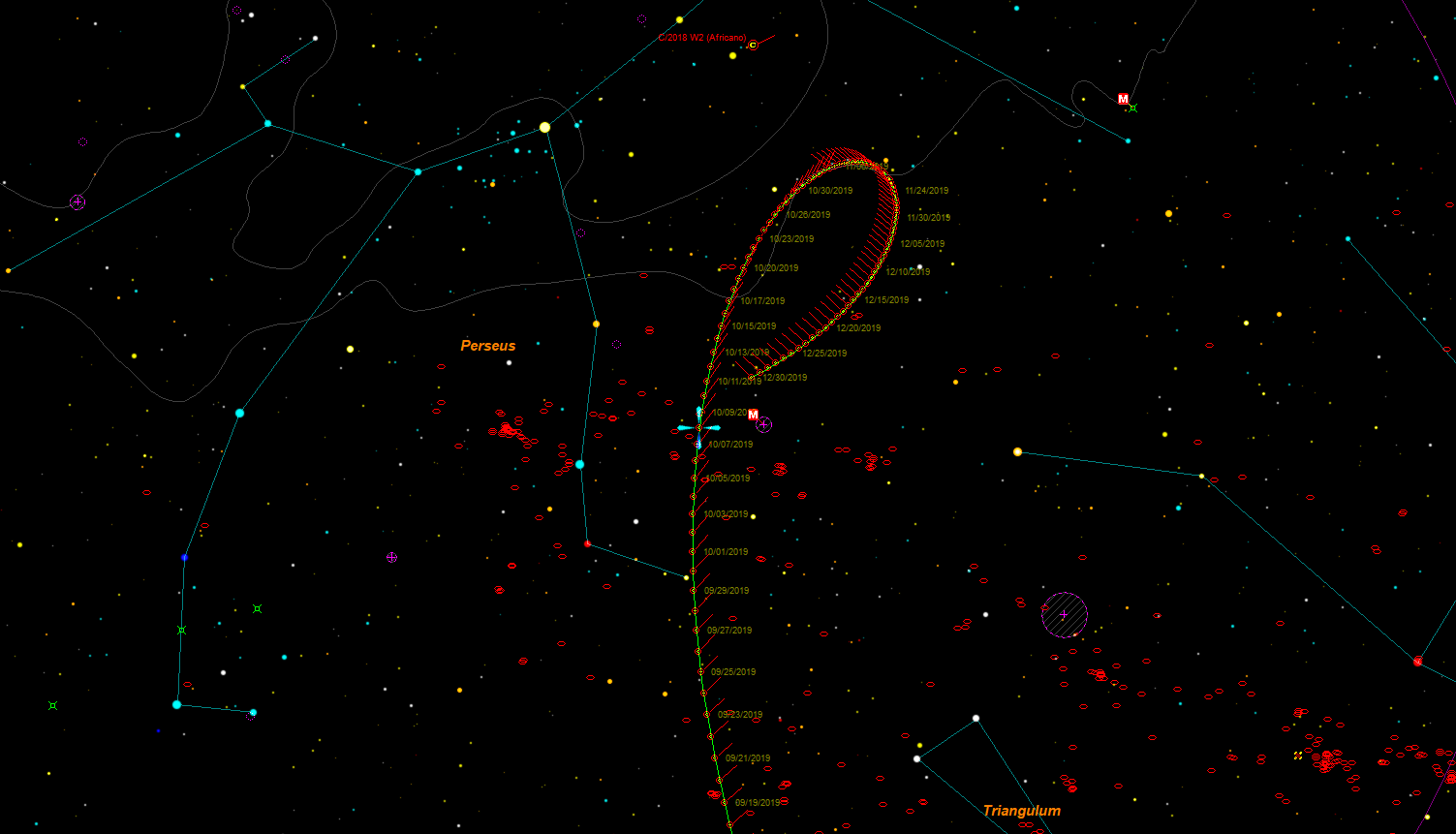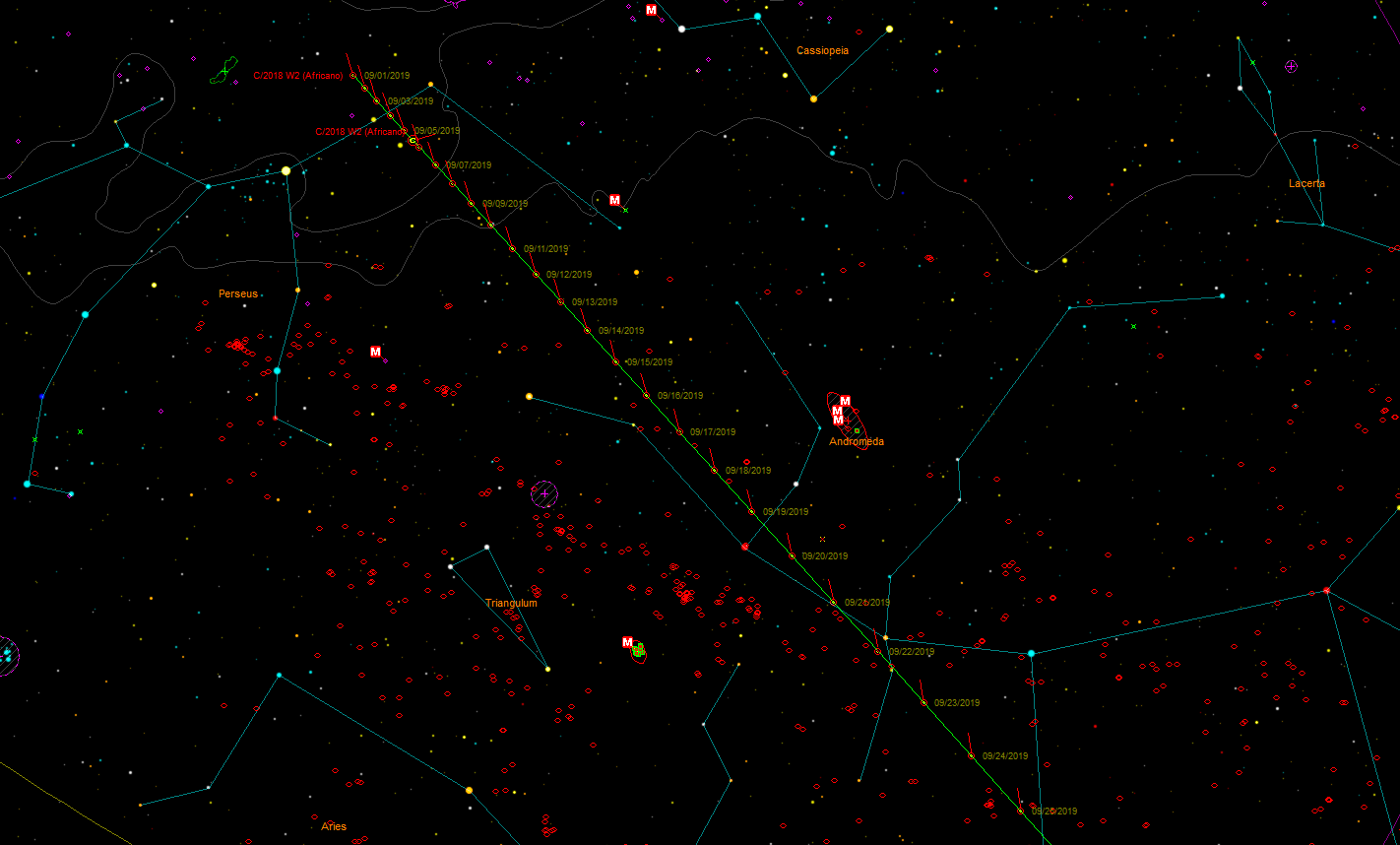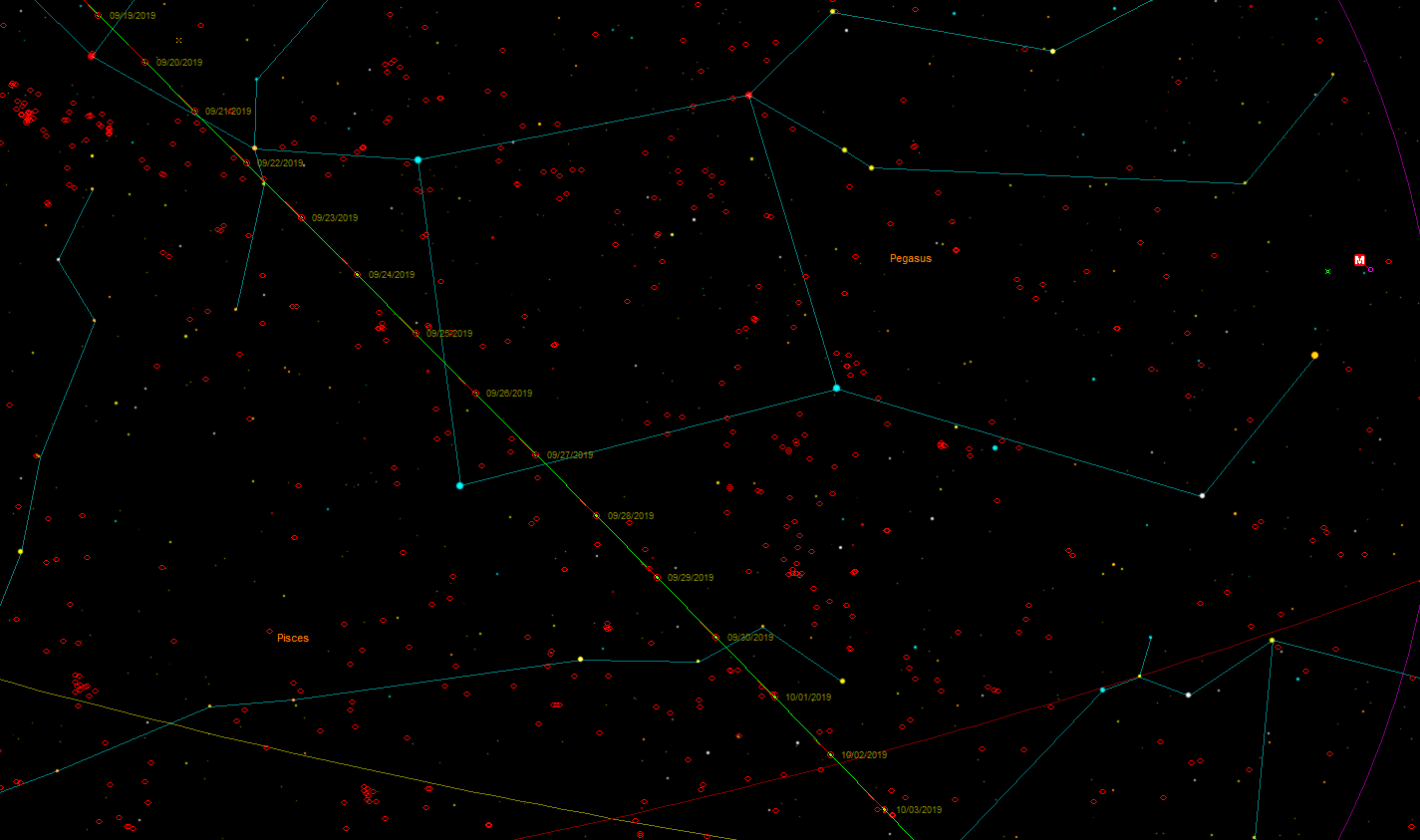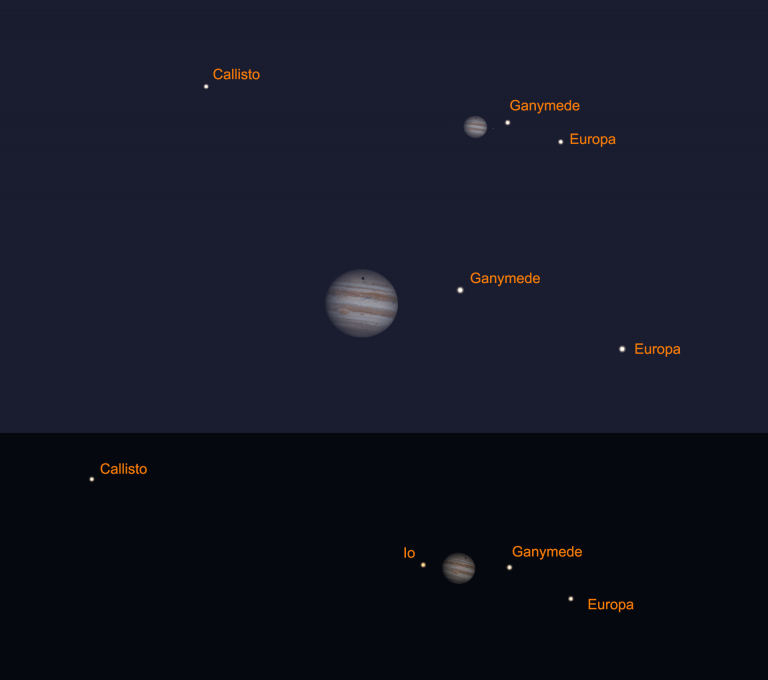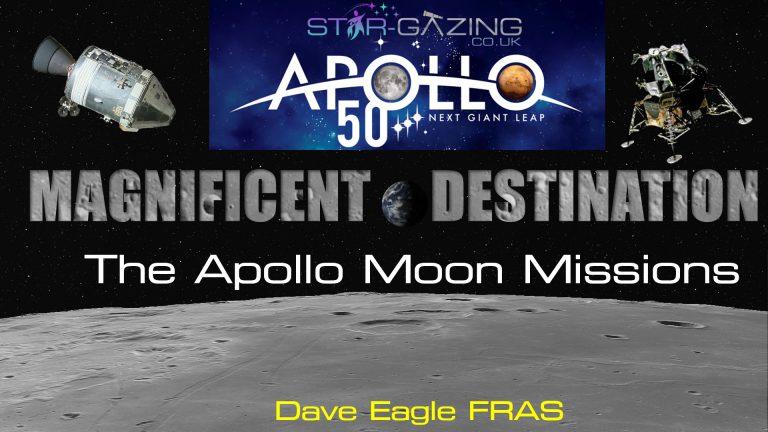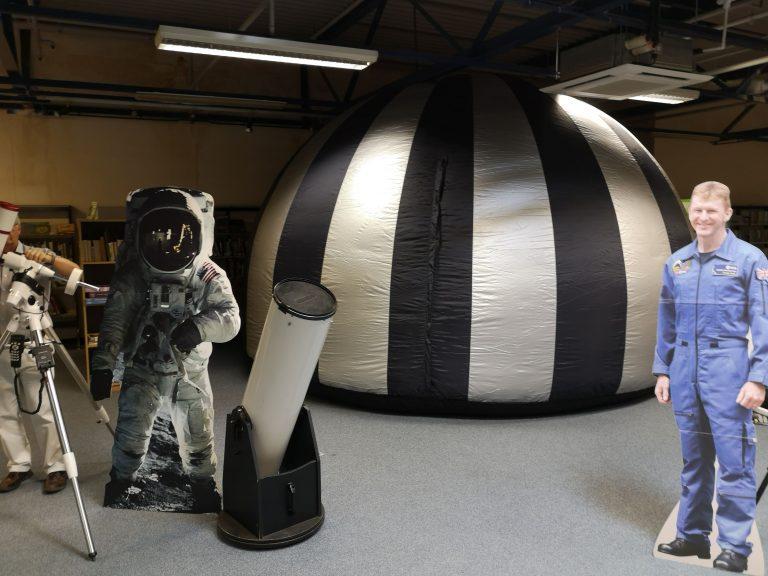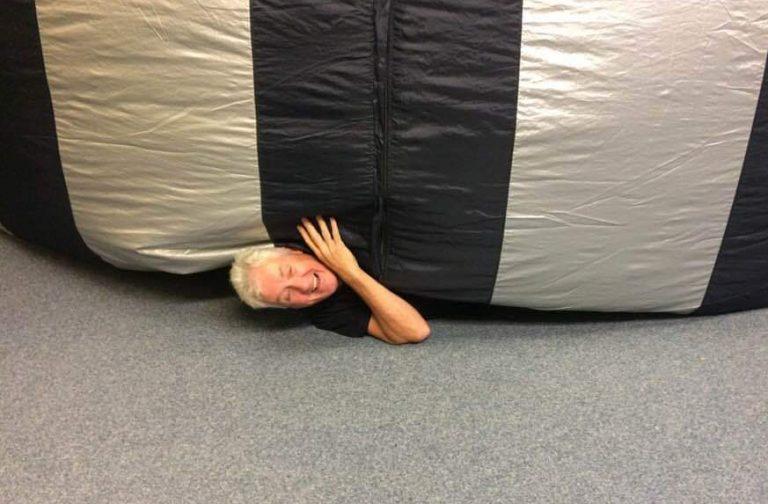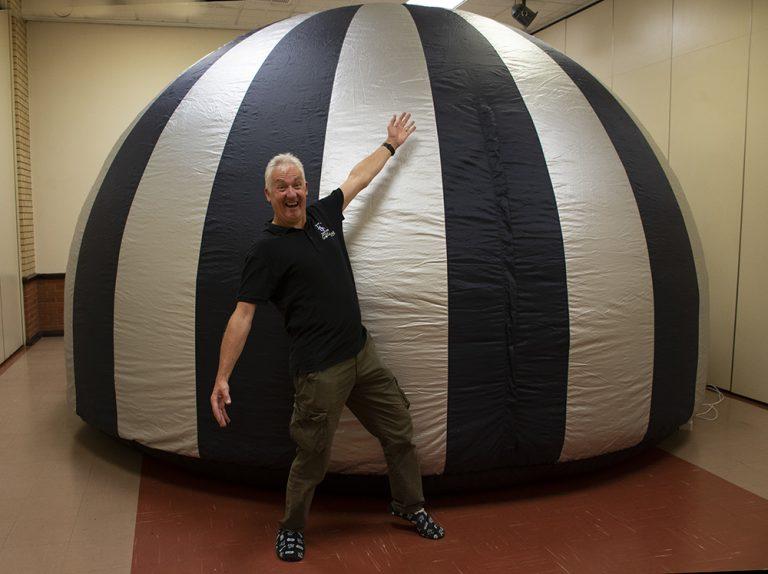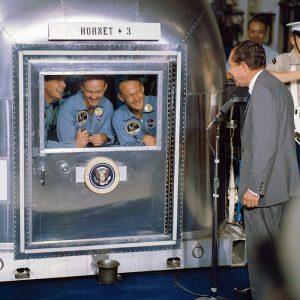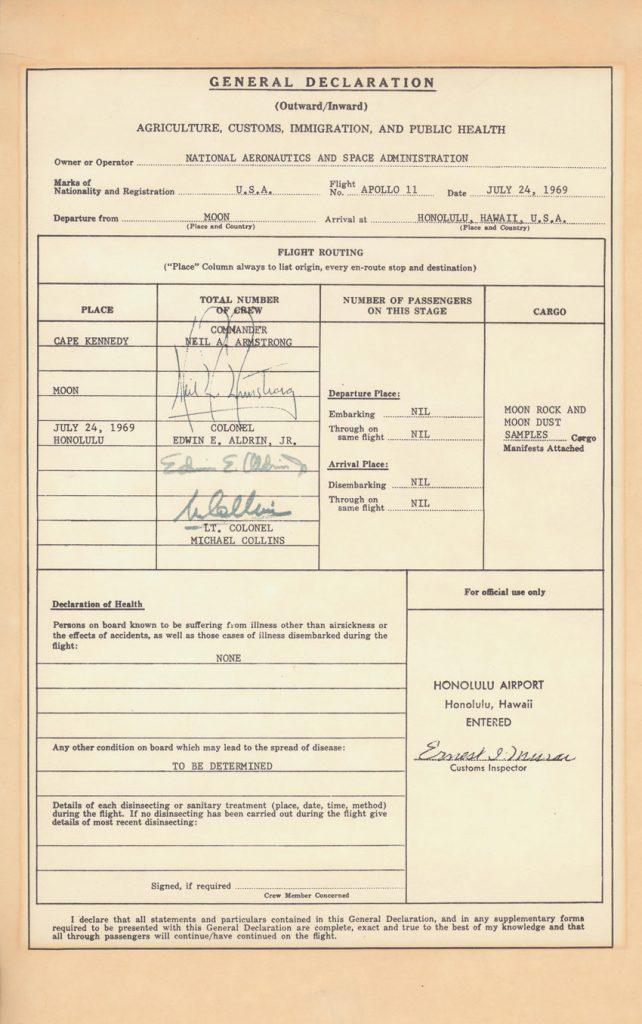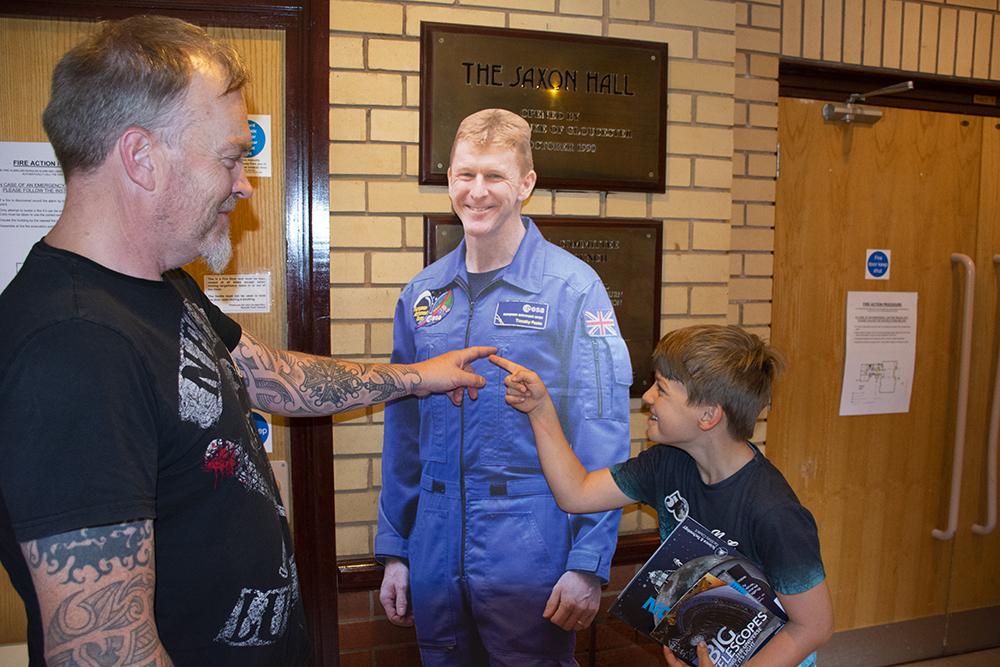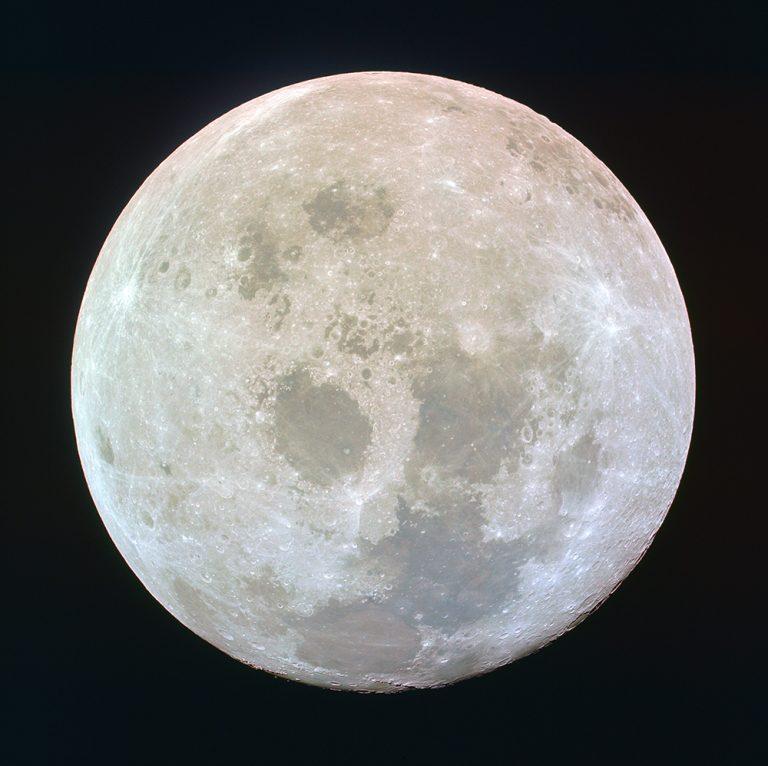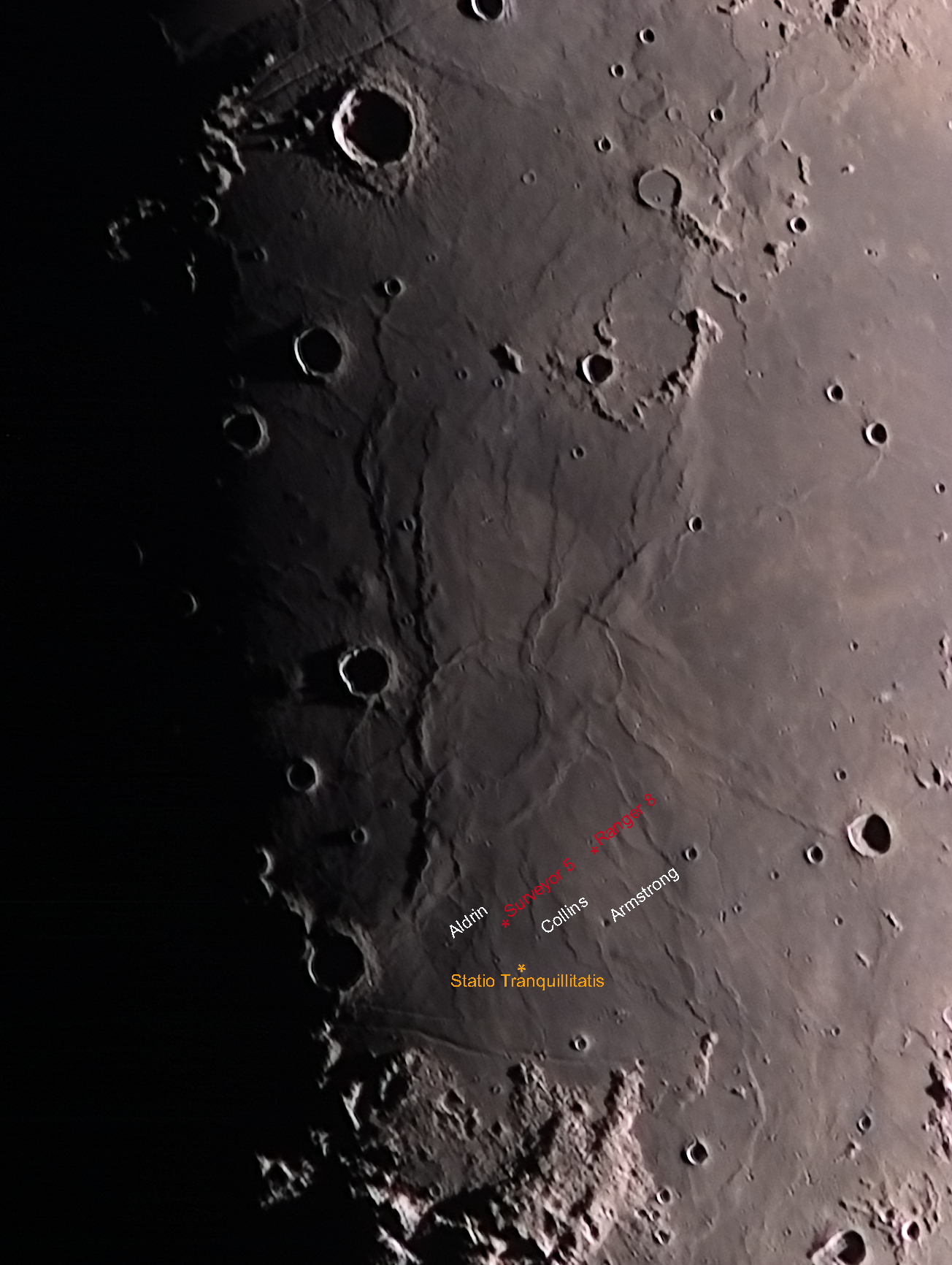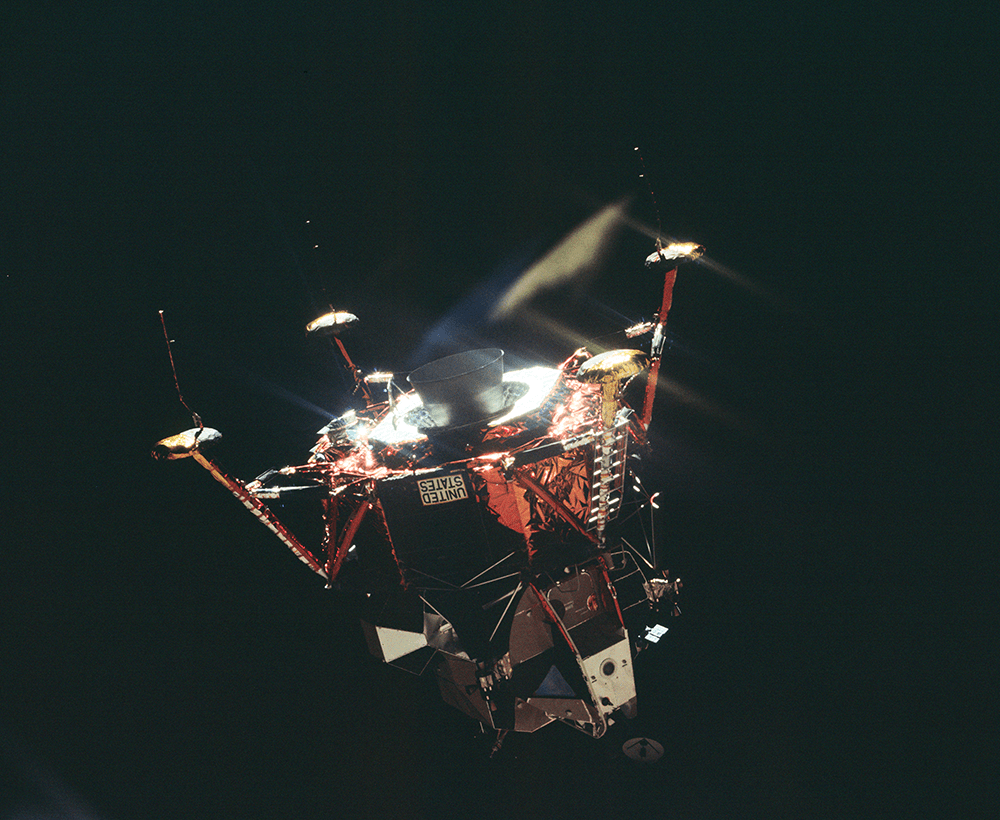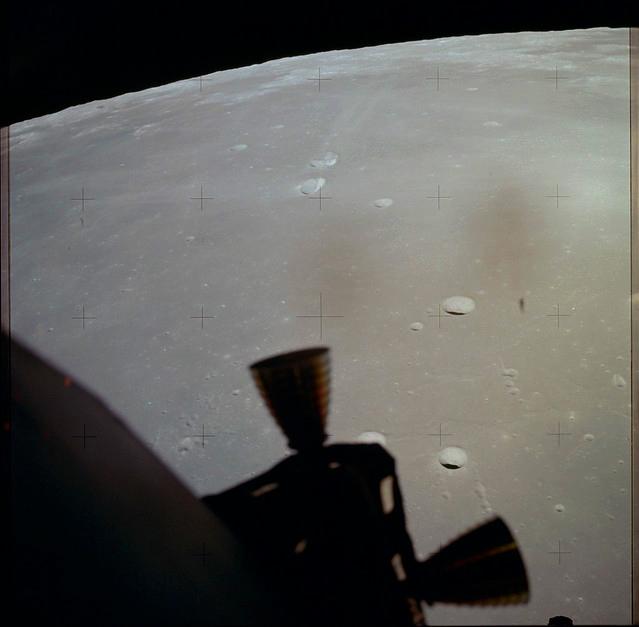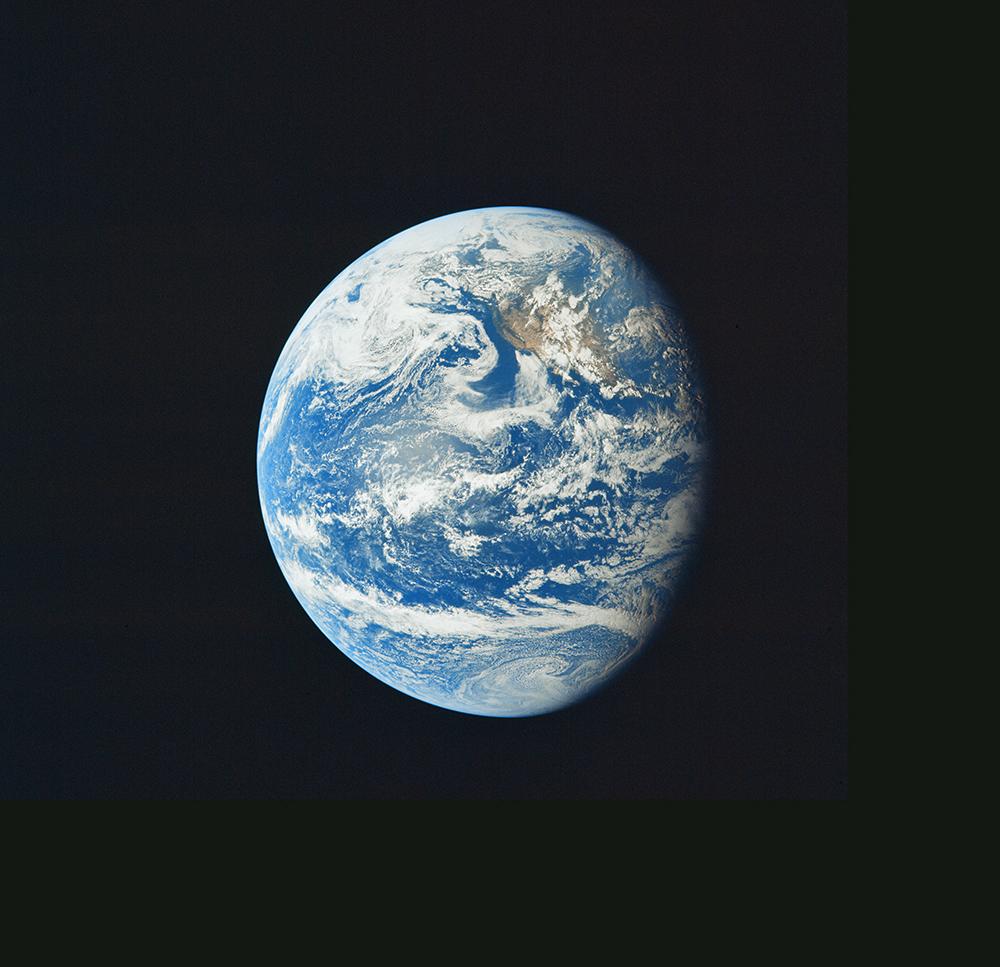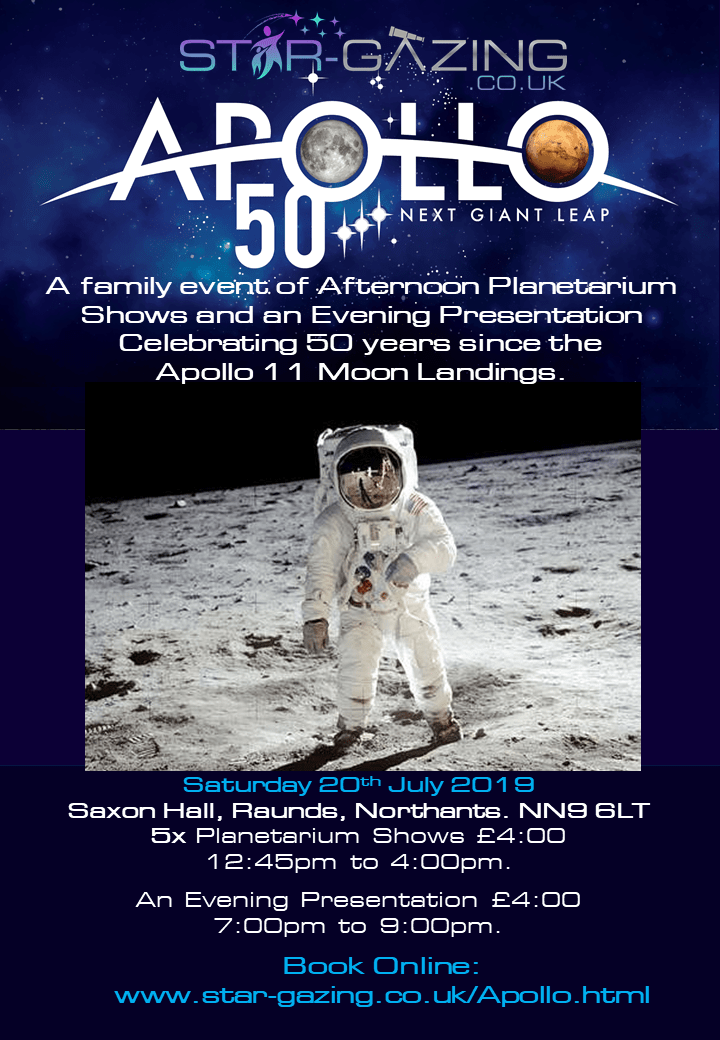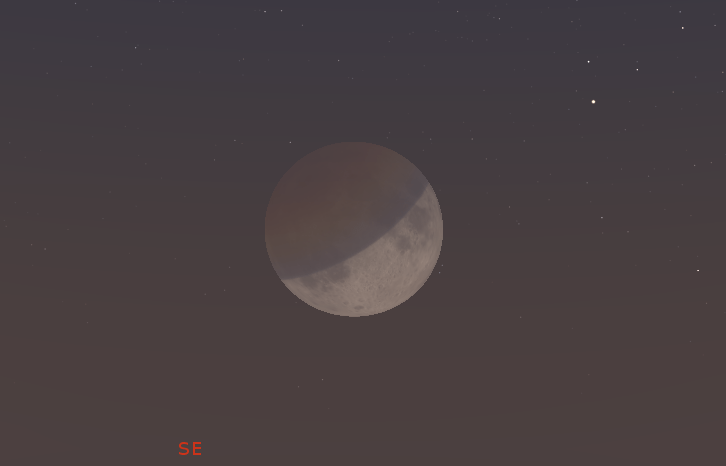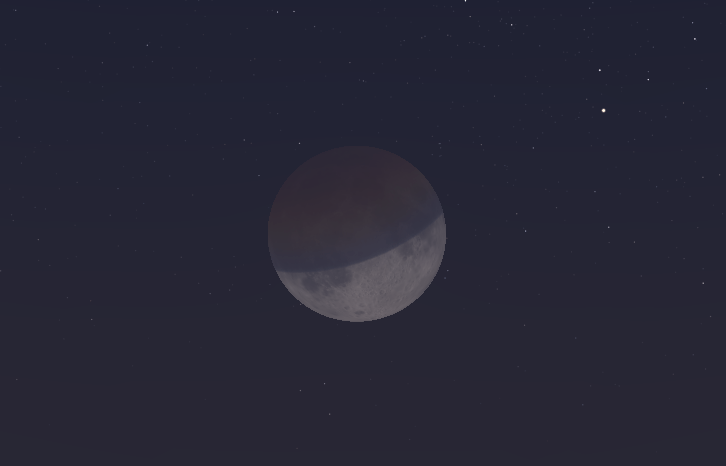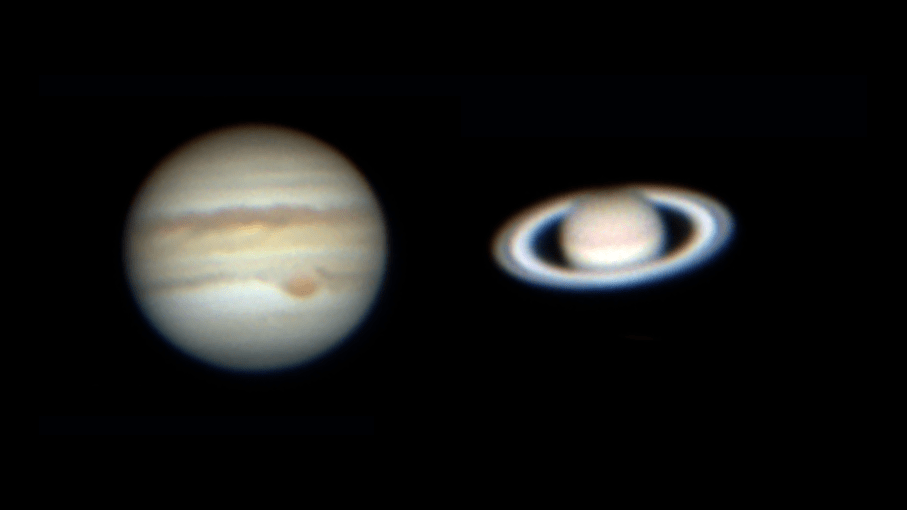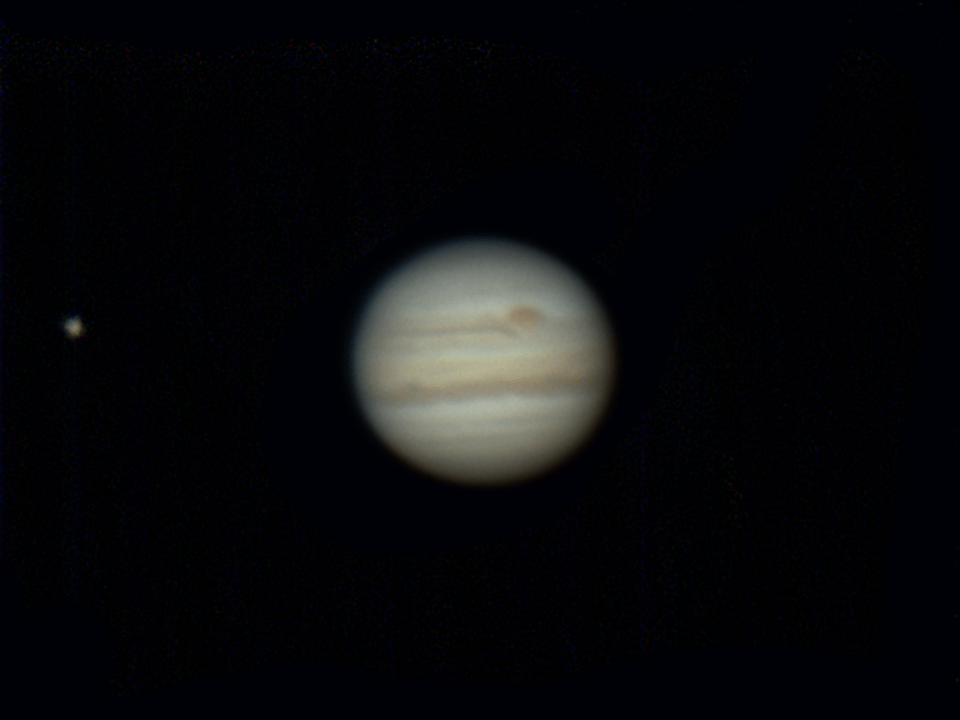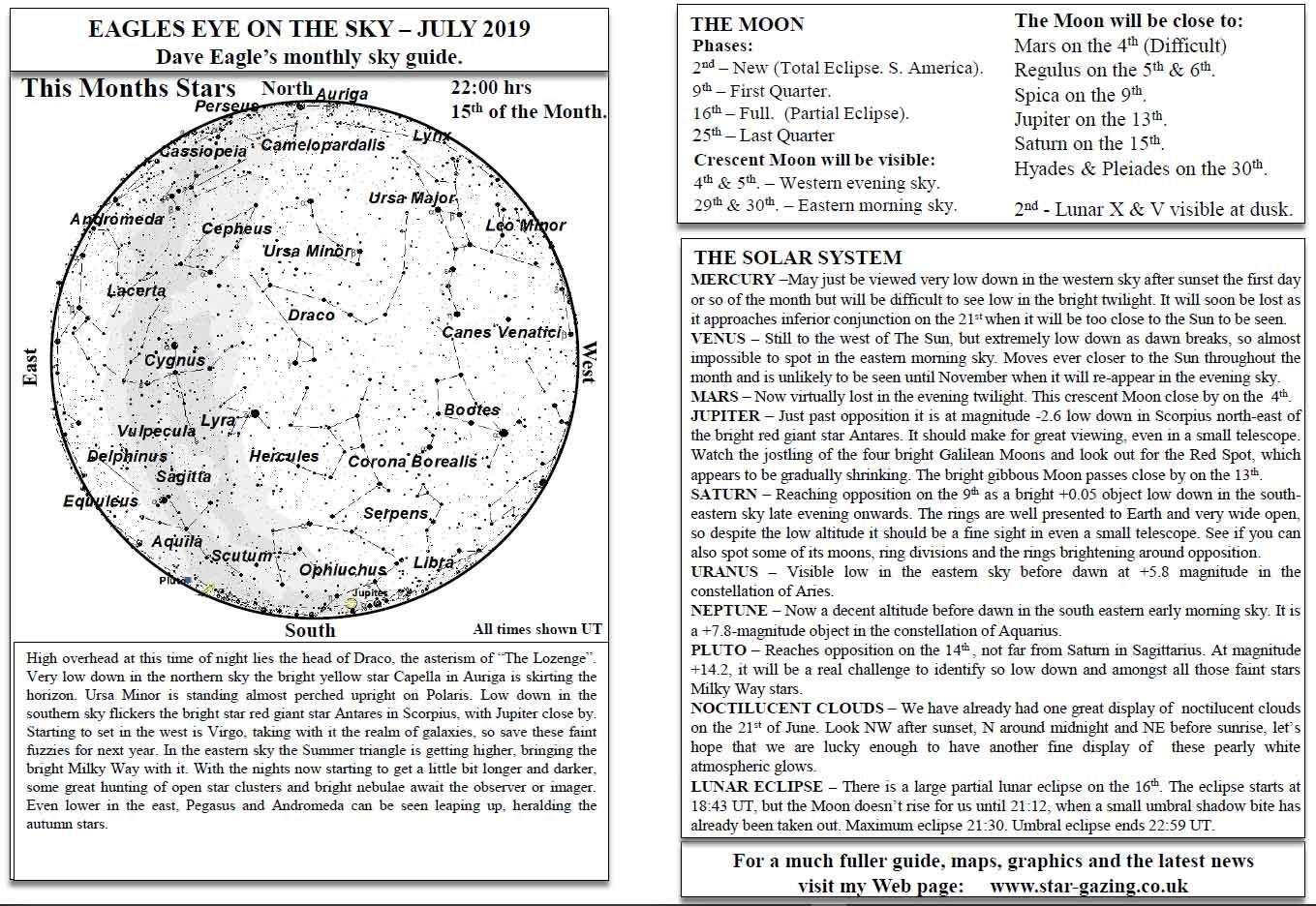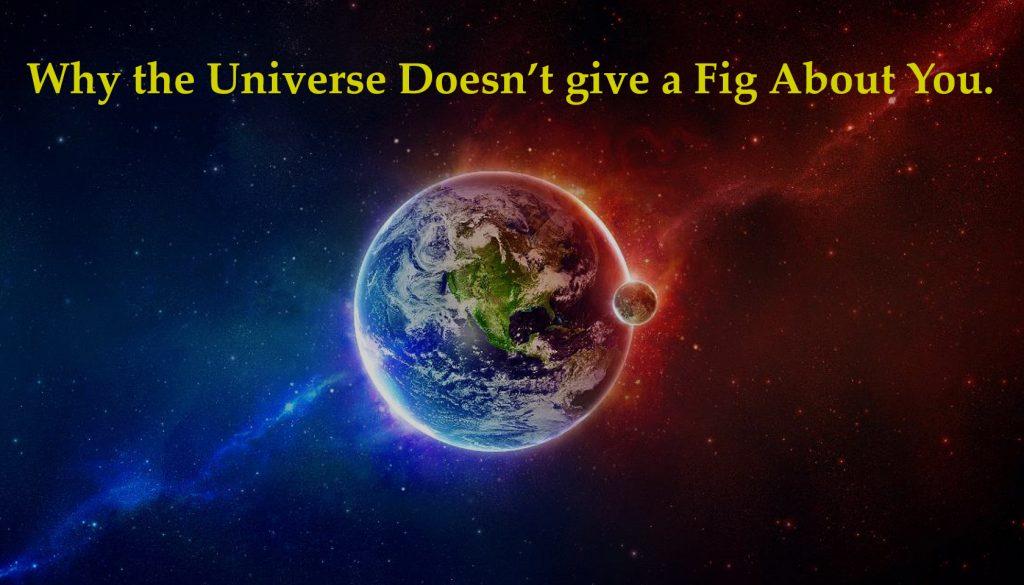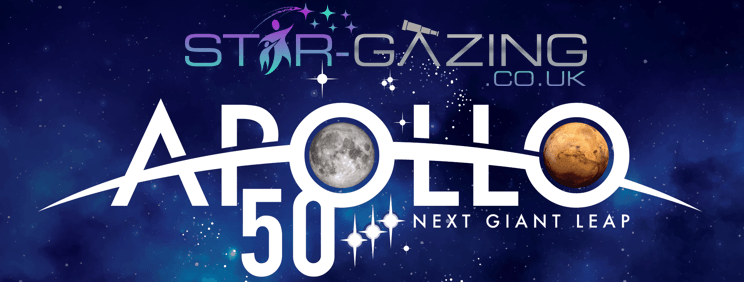
Follow my blog here:
www.star-gazing.co.uk/blog.html
In the early hours of this morning Neil & Buzz got to explore the surface.
The surface of the frigging Moon for goodness sake.
How absolutely flipping amazing was that?
So, our Apollo 11 50th anniversary timeline continues with another busy day for Neil and Buzz.
They get to perform a two and half hour extra-vehicular activity (EVA) exploration of the lunar surface and collect rock and dust samples.

As if that wasn’t enough action for one day, after a rest period they will finish the day by taking off from The Moon and re-joining Michael Collins in orbit in the Command Module (CM).
02:39:33 – EVA started (hatch open).
02:51:16 – Neil completely outside Lunar Module (LM) on porch.
02:53:18 – Modular equipment stowage assembly deployed by Neil.
02:54:00 – First clear TV picture received. Pictures were upside down at first, before they were rotated the right way round on Earth.
02:55:28 – Neil is at the foot of ladder (starts to report, then pauses to listen).
02:55:38 – Neil still at the foot of ladder, described surface as “Almost like a powder.”
02:56:15 – 1st step is taken onto the lunar surface by Neil.
“That’s one small step for a man…one giant leap for mankind.”
02:56:48 – Neil started surface examination and description, assessed mobility and described effects of LM descent engine.
02:58:54 – Neil ended surface examination. Buzz starts to send down camera.
03:02:23 – Camera installed on RCU bracket, LEC stored on secondary strut of LM landing gear.
03:02:53 – Surface photography by Neil.
03:05:58 – Contingency sample collection started by Neil. Just in case they had to leave in a hurry before collecting more rocks.
03:09:08 – Contingency sample collection ended by Neil.
03:11:57 – Buzz started egress from LM to join Neil on the surface.
03:13:56 – Buzz at top of ladder. Buzz’s descent was photographed by Neil.
03:15:16 – Buzz is now on lunar surface. He describes the view as “Magnificent Desolation”
03:15:47 – Surface examination and examination of landing effects on surface and on LM started.
03:21:06 – Insulation removed from modular equipment stowage assembly by Neil.
03:23:35 – Neil adjusts TV camera focal distance, so Earth would get the first TV images from the surface of them working on The Moon.
03:24:19 – Plaque unveiled by Neil.
03:24:40 – Plaque read by Neil.
“Here men from the planet Earth first set foot upon the Moon July 1969, A.D.
We came in peace for all mankind”
03:31:28 – TV camera redeployed. Panoramic TV view started by Neil.
03:34:53 – TV camera placed in final deployment position by Neil.
03:35:20 – Solar wind composition experiment deployed by Buzz. This collected solar wind particles in the airless environment of The Moon.
03:41:43 – The US flag was deployed.
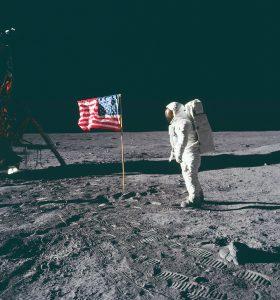
03:45:15 – Evaluation of surface mobility (How easy, or not, it was to move about on The Moon’s surface) started by Buzz.
03:48:02 – Evaluation of surface mobility end by Buzz.
03:48:30 – Presidential message from White House and response from Neil. This was a much publicised telephone call from President Nixon from the Oval Office in The White House.
03:50:21– Presidential message and Neil’s response ended.
03:52:06 – Evaluation of trajectory of lunar soil when kicked by Buzz. Bulk sample collection started by Neil.
Many people think that the photograph of the footprint was of Neil’s. But it was Buzz that took the famous image below of the footprint on The Moon. This was his footprint purposely positioned and photographed while evaluating the lunar soil and how far it went down into the surface, to take back to Earth for people to examine later.

03:42:24 – Evaluation of visibility in lunar sunlight by Buzz.
03:57:09 – Evaluation of thermal effects of sun and shadow inside the suit by Buzz.
04:00:22 – Evaluation of surface shadows and colours by Buzz.
04:06:13 – LM landing gear inspection and photography by Buzz.
This was to check the height of the rocket motor above the surface and how the surface had been disturbed by the engine.
04:07:36 – Bulk sample completed by Neil.
Those precious Moon rocks were collected to take back to Earth to find out about the origin of The Moon.
04:18:36 – LM landing gear inspection and photography.
This is to check how the legs were affected by the impact of landing.
Eagle’s landing was so gentle, Neil and Buzz hardly felt it as they dropped the final inches onto the surface.
04:25:38 – Scientific equipment bay doors opened.
04:27:42 – Passive seizmometer deployed.
04:35:57 – Lunar ranging retro-reflector deployed by Neil.
This was used to measure the distance of The Moon.
A very powerful laser could be fired from Earth. It reflected off the instrument (a much hi-tech version of a road’s cats eye) and bounced back to Earth. By timing the amount of time the light took to do the round trip, and exact distance can be measured.
As a result of these experiments we now know that The Moon is receding from Earth at a rate of 3.8 cm per year. Due to this, in a few hundred million years or so time, The Moon will be so far away from Earth that it will no longer appear big enough in our sky to produce total solar eclipses.

04:40:39 – 1st passive seismic experiment data received on Earth
04:43 – Collection of documented samples started.
04:52 – Solar wind composition experiment retrieved by Buzz.
05:01:39 – Buzz re-enters LM and transfer of all the samples into LM starts.
05:07:51 – Transfer of sample containers reported complete.
05:09:32 – Neil now back inside LM, assisted and monitored by Buzz.
05:11:13 – EVA ended (hatch closed).
The Apollo 11 EVA lasted just two and a half hours.
There are very few pictures of Neil on the EVA. The iconic pictures captured are of Buzz.
I think they missed a real publicity boost there.
This is because Neil had the camera most of the time and took most of the pictures.
It was also hard to tell which astronaut was which.
For following Apollo missions the LM Commander had red stripes around the elbows and knees on his suit, so the two astronauts could be easily identified.
07:37 – LM equipment jettisoned.
They effectively threw out everything that wasn’t needed to save weight.
Including bags of Poo!
The passive seizmic experiment set up earlier in the missing recorded these objects hitting the Moons surface. I wonder how powerful the vibrations were from the poo?
The two astronauts then had a much needed rest.
See just how tired they look in the pictures below taken just after they went back into the LM.
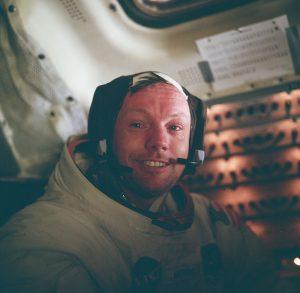

After their rest, they prepared to leave the lunar surface and bring about an end to this fantastic accomplishment and begin their journey home to Earth.
As a 7-year old boy, I just could not believe that when I looked up into the sky that evening, there were actually people actually sitting on the surface of that bright almost half Moon floating in the sky. Even at my age now, the Apollo missions still massively inspire me and as a boy they helped forge my passion for astronomy and spaceflight and to keep looking upwards at the stars. In fact this 50th anniversary has made me feel very emotional about the whole endeavour, even after all these years.
What a great big softie I am!
Anyway, let’s get on with our timeline to get these plucky astronauts back on their way home.
17:54:00 – LM lunar liftoff ignition (LM APS).
18:01:15 – LM orbit insertion cutoff.
18:51:35 – Coelliptic sequence initiation ignition.
18:52:22 – Coelliptic sequence initiation cutoff.
19:49:49 – Constant differential height manoeuvre ignition.
19:50:29 – Constant differential height manoeuvre cutoff.
20:35:51 – Terminal phase initiation ignition.
20:36:14 – Terminal phase initiation cutoff.
20:50:30 – LM 1st midcourse correction.
21:05:30 – LM 2nd midcourse correction.
21:08:57 – Braking started.
21:18:09 – Terminal phase finalise ignition.
21:18:38 – Terminal phase finalise cutoff.
21:24:05 – Station keeping started.
Did you know that everyone who has ever existed, except one, is in the picture below?
The only person that’s not within the frame of the image is the person who took it.
That of course is Michael Collins. He was the Command Module Pilot who stayed in orbit while Neil and Buzz explored the surface.
It is estimated that 550 million people watched The Moon Landing.
Michael Collins, despite being an integral part of the mission, missed the whole show.
Had Neil and Buzz crashed onto The Moon, or they were left stranded on the surface, he would not have been able to save them. In case this happened he would have had to start the long lonely journey back to Earth on his own, forever a marked man.
President Nixon even had a speech prepared just in case.
Thankfully, that didn’t happen.
Michael must have been very relieved to see this view of Eagle heading back towards him.
This picture contains everyone who has ever existed. 3.61 billion on Earth and two in the lunar module.
The only person not in the picture is Michael Collins, who took it from the Command Module Columbia.
Although he didn’t land with Neil & Buzz, and stayed in lunar orbit, he was crucial in getting them there and bringing them home safely.

21:35 – Command / Service Module (CSM) /LM docked.
22:52 – Neil entered CM.
23:17 – Buzz entered CM.
23:41 – LM ascent stage jettisoned.
The ascent stage of Eagle stayed in orbit around The Moon for a few months before crashing into the lunar surface.


